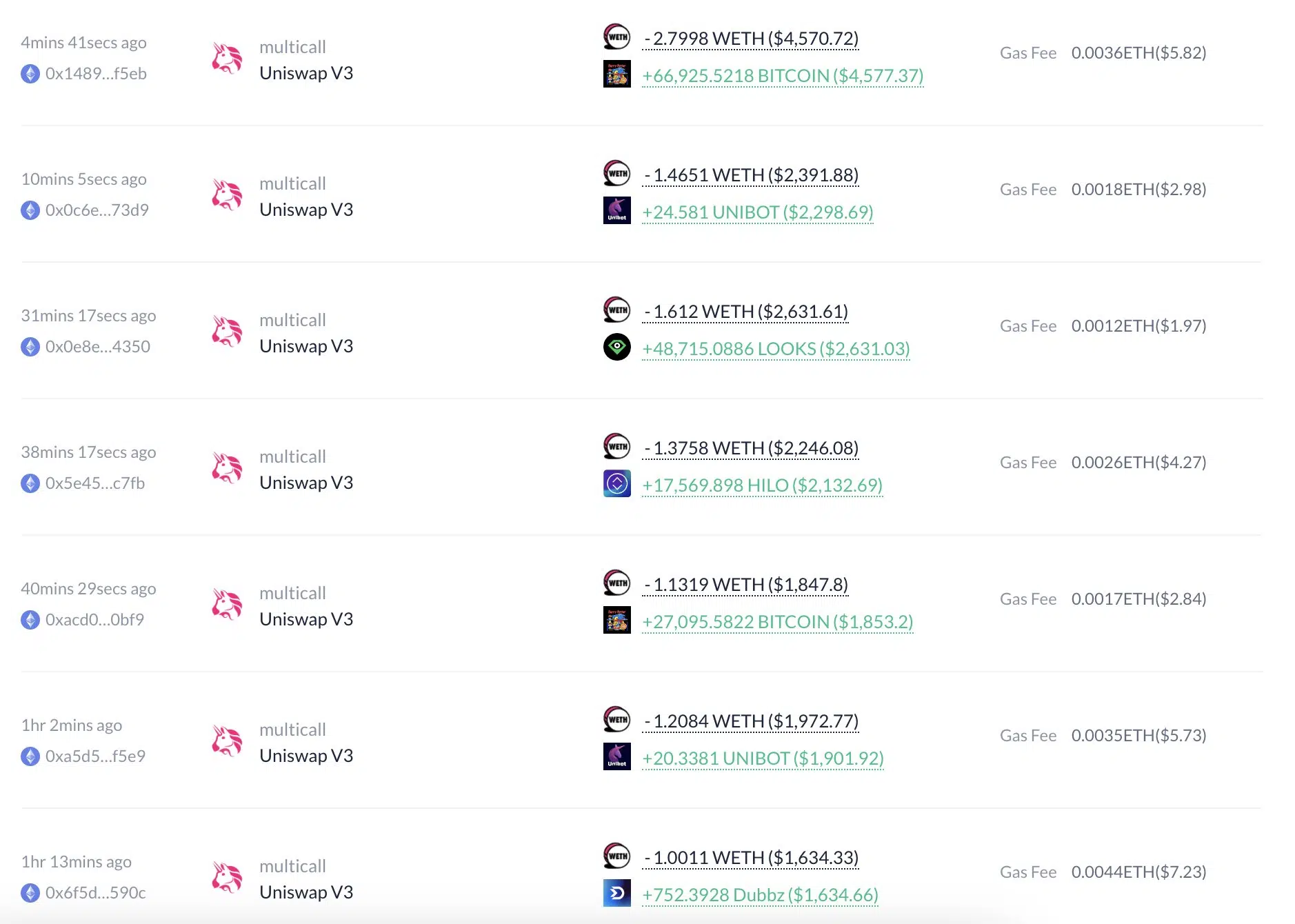Exploring the Potential of ADA Crypto: The Future of Cardano Blockchain and its Impact on the Crypto Ecosystem
In recent years, interest in cryptocurrencies has grown exponentially. From Bitcoin, to Ethereum, and many others, a new breed of digital assets have emerged – ones that promise significant improvements in a variety of areas, including decentralization, security, and scalability. One such cryptocurrency that has generated immense interest is Cardano (ADA), a blockchain technology that has the potential to revolutionize how we interact with the digital world. In this article, we will delve into the potential of ADA crypto, explore the future of the Cardano blockchain, and discuss its impact on the overall crypto ecosystem.
Understanding Cardano (ADA) Crypto
Cardano is the brainchild of Charles Hoskinson, a co-founder of Ethereum and the developer behind its early versions. Unlike other cryptocurrencies, Cardano was not designed to solely function as a digital currency. Instead, it is a decentralized platform that aims to bridge the gap between the functionalities of traditional financial systems and those of emerging digital assets.
The native digital asset of Cardano is called ADA, which serves as an incentive for users within the network to participate in consensus and governance. ADA crypto also serves as a means of transferring value between participants, making it an integral part of the Cardano ecosystem.
How Cardano is Different From Other Cryptocurrencies
Cardano stands out among other cryptocurrencies for a number of reasons. Firstly, it was built using a rigorous academic and scientific approach. It is the first cryptocurrency to utilize a provably secure Proof-of-Stake (PoS) consensus mechanism, called Ouroboros.
Additionally, Cardano has a layered architecture that allows for smart contracts and decentralized applications (dApps) to be developed and executed in a secure, scalable, and interoperable manner. These innovations set the stage for the potential of ADA crypto and the future of the Cardano blockchain.
The Promise of Smart Contracts and Decentralized Applications
One of the most significant innovations brought about by Cardano is the implementation of smart contracts and dApps. Smart contracts are self-executing agreements that run on a decentralized network and eliminate the need for intermediaries. This enables the creation of decentralized applications that can facilitate various processes and services more efficiently and securely than traditional centralized applications.
Cardano has made it possible to seamlessly integrate smart contracts into its blockchain, which opens the door for countless potential applications across various sectors. Some examples of sectors that can benefit from the Cardano blockchain include supply chain management, healthcare, finance, and data privacy, among others.
The Impact of ADA Crypto on the Financial Sector
Perhaps the most immediate impact ADA crypto could have is on the financial sector, particularly when it comes to cross-border transactions and remittances. Currently, such transactions can be slow, expensive, and lack transparency. However, the Cardano blockchain can significantly reduce these limitations by removing intermediaries and providing a more efficient and cost-effective solution.
Moreover, Cardano’s decentralized nature can empower individuals who do not have access to traditional banking services, granting them greater financial freedom and control over their assets. This is an important step towards promoting financial inclusion and democratizing access to financial services, particularly in developing countries.
Environmental Impact of Cardano Blockchain
Another noteworthy aspect of Cardano is its commitment to sustainable blockchain technology. The PoS consensus mechanism is not only secure but also more energy-efficient compared to the energy-intensive Proof-of-Work (PoW) algorithms used by other cryptocurrencies like Bitcoin and Ethereum. This lower energy consumption means that the Cardano network has a less detrimental impact on the environment, a significant concern with the rising energy costs of other blockchain technologies.
Cardano’s Impact on the Crypto Ecosystem
As the future of Cardano unfolds, its impact on the broader crypto ecosystem will likely be considerable. The platform’s ability to facilitate the secure and efficient execution of smart contracts and dApps will likely encourage various enterprises and industries to adopt blockchain technology, driving innovation and fostering greater collaboration between different entities within the crypto space.
Beyond this, Cardano has the potential to challenge established blockchain platforms such as Ethereum, which currently dominates the market for decentralized applications. If successful, this could lead to increased competition and innovation in the market, which benefits both users and developers alike.
Conclusion
Cardano’s unique approach to blockchain technology and its commitment to delivering secure and scalable solutions have piqued the interest of many within the crypto community. By relying on academic research and prioritizing the integration of smart contracts and dApps, Cardano has positioned itself at the forefront of the next wave of blockchain innovation.
The potential of ADA crypto cannot be overstated. However, as with any emerging technology, the path to widespread adoption is fraught with challenges. Nonetheless, if Cardano continues to build on its solid foundation and addresses the pressing needs of various sectors, it could have a transformative impact on the crypto ecosystem and the future of how we interact with the digital world.


